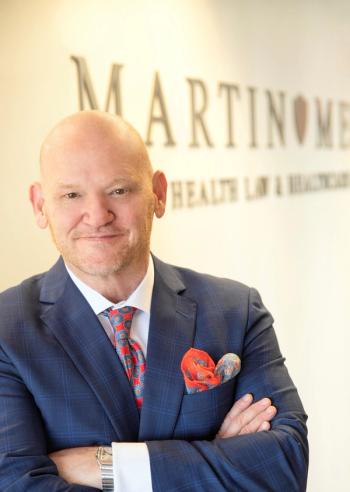FAQs about developing medical practice employees’ careers
Q: How do you keep medical staff motivated long term?
Provide clear career paths, regular feedback, recognition, and opportunities for learning. These elements keep employees engaged and aligned with the practice’s mission.
Q: What low-cost ways can small practices develop employees?
Mentorship, in-house training, cross-training, and leadership opportunities cost little but offer significant career value.
Q: How often should career development plans be reviewed?
At least annually, but ideally every six months to adjust goals, training opportunities, and role expectations.
Q: Does investing in staff development reduce turnover?
Yes. Studies and industry experience show that employees who see growth opportunities are less likely to leave, reducing recruitment costs and disruption.
Q: What’s the link between staff development and patient care?
Better-trained, more engaged employees deliver higher-quality service, improve patient satisfaction, and contribute to positive health outcomes.
How can medical practices help employees grow their careers?
Developing your employees’ skills isn’t just about retention—it improves patient care, strengthens your practice culture, and boosts efficiency. Whether you run a small clinic or a large physician group, offering clear growth opportunities keeps your best people engaged and motivated.
Here are six proven strategies for building long-term career growth in your medical practice team.
1. What training and mentorship programs help employees succeed?
Employees thrive when they have access to structured training and mentorship. Cross-training on different roles, shadowing senior staff, and using onboarding programs that set clear expectations help new hires gain confidence quickly. A recruiting quality staff guide explains how early skill-building sets the stage for long-term retention.
2. How does continuing education improve staff performance?
Encouraging certifications, workshops, and conference attendance keeps skills current and aligns your team with industry best practices. Providing financial support or paid time off for education signals that you value professional growth. Strategies for fostering employee loyalty highlight continuing education as a key retention tool.
3. Why should practices create career advancement paths?
Clear career pathways help employees understand how they can move up within your organization. Whether through promotions, leadership opportunities, or specialized roles, defined steps for advancement reduce turnover. This article on retention shows how growth plans can keep staff invested.
4. How can mid-career employees continue to develop?
Experienced staff still need growth opportunities to stay engaged. Mid-career development can include skill refreshers, leadership training, or advanced certifications. Mid-career development strategies offer guidance on keeping long-tenured employees motivated.
5. What role does recognition and work-life balance play in development?
Acknowledging achievements and supporting employee well-being are essential parts of career growth. Recognition programs, flexible scheduling, and wellness benefits show that you value the whole person, not just the role they fill. This guide to improving employee satisfaction outlines how to build loyalty through balance.
6. How can you create a supportive and inclusive culture?
Career development thrives in a positive work environment. When staff feel heard, respected, and included, they are more likely to contribute ideas and take initiative. Ways to make employees feel valued detail how inclusive cultures drive retention and engagement.
Key takeaway: Career development for medical practice employees involves more than occasional training—it’s an ongoing process of mentorship, education, recognition, and inclusion. By supporting growth at every stage, you build a loyal, skilled team that delivers better patient care and strengthens your practice for the long term.









